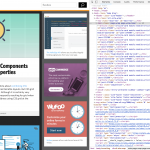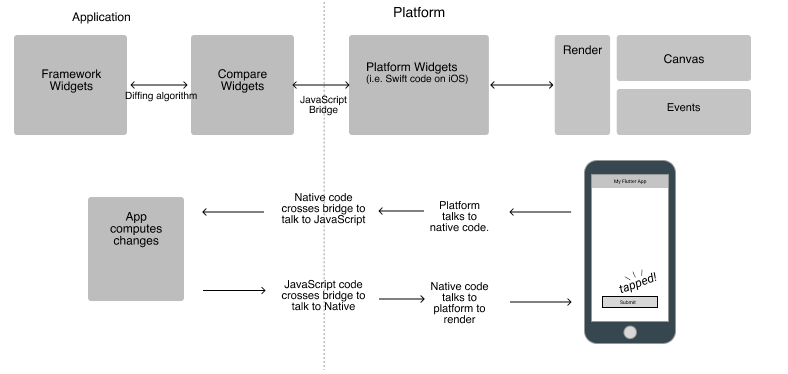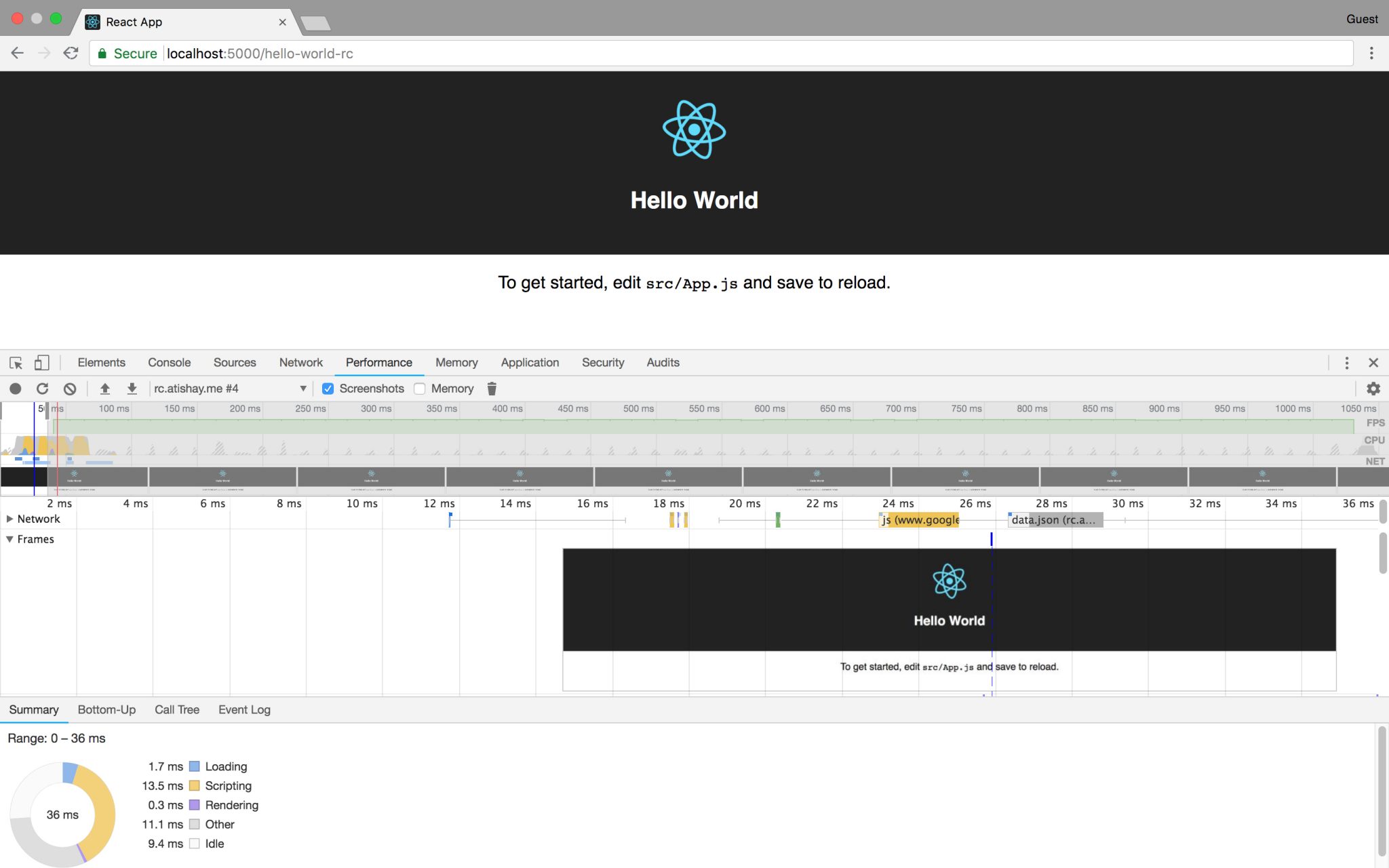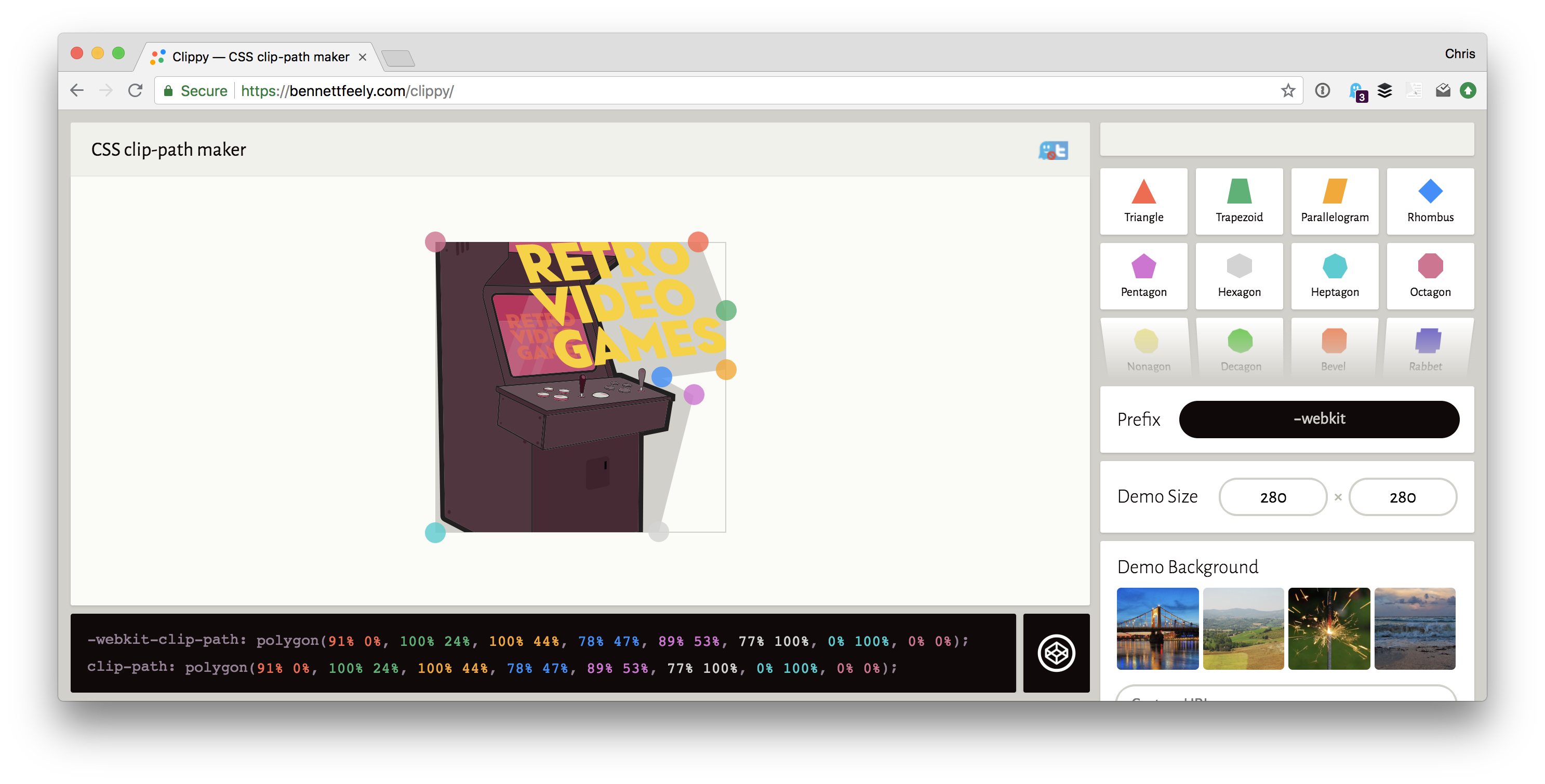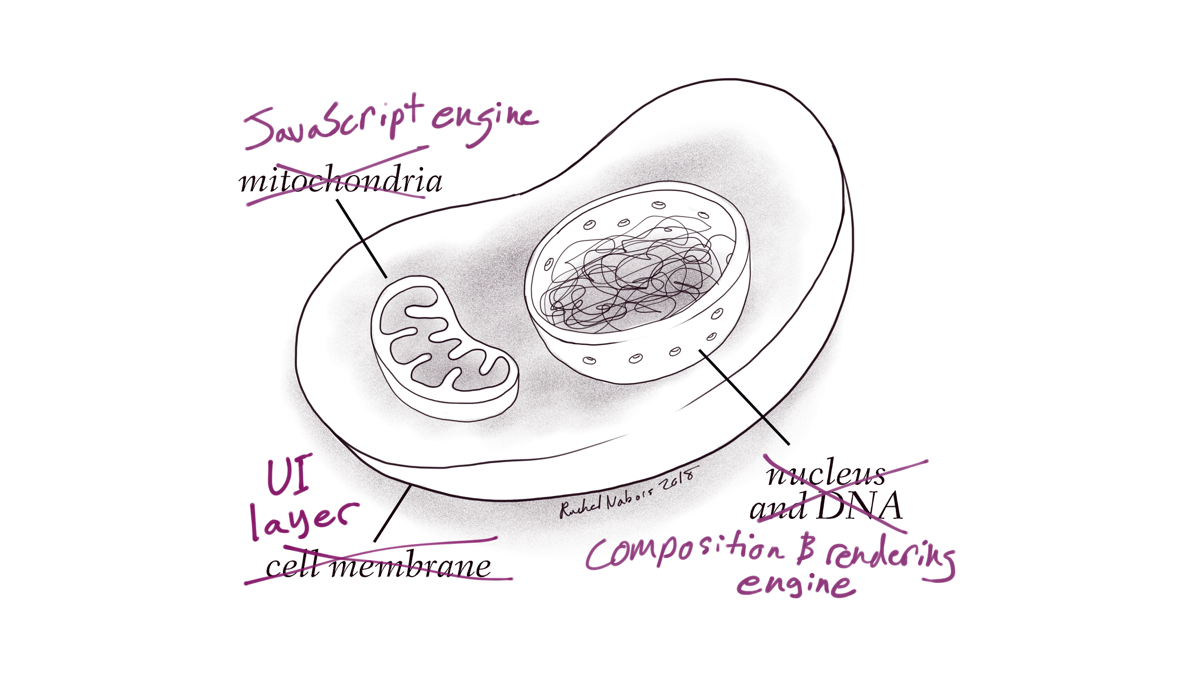The Complete CSS Demo for OpenType Features
I'm very glad a guide for these features exists because we already know there are so many weird things that variable fonts can do — well done, Tunghsiao Liu!
There are quite a few possible values for font-feature-settings, like, ya know:
aalt, swsh, cswh, calt, hist, hlig, locl, rand, nalt, cv01-cv99, salt, subs, sups, titl, rvrn, liga, dlig, size, ornm, ccmp, kern, mark, mkmk, smcp, c2sc, pcap, c2pc, unic, cpsp, case, ital, ordn, lnum, onum, pnum, tnum, frac, afrc, dnom, numr, sinf, zero, mgrk, flac, dtls, ssty, ss01-ss20, smpl, trad, tnam, expt, hojo, nlck, jp78, jp83, jp90, jp04, hngl, ljmo, tjmo, vjmo, fwid, hwid, halt, twid, qwid, pwid, palt, pkna, ruby, hkna, vkna, rlig, init, medi, and fina
...to name a few.
Direct Link to Article — PermalinkThe post The Complete CSS Demo for OpenT...
